Have you ever realized how many symbols you encounter every day? The purpose of any symbol is to convey meaning while saving space.
Some symbols that used to be commonplace have lost their original meaning, but other signs have taken on new meaning with a new generation.
But do we really know the true meanings of all of those symbols we use? Well, that’s what you will find out in today’s post.
From the swastika and crescent to the rod of Asclepius and the Maltese cross, here are 25 Common Symbols And Their Meanings.
https://www.youtube.com/watch?v=wwOgHun3SY4
Barber's Pole
 Source: huffingtonpost.co.uk
Source: huffingtonpost.co.uk The original meaning of the barber’s pole dates back to the medieval times when barbers were more surgeons than hairdressers.
They performed many medical services ranging from setting bone fractures to pulling teeth.
One of their key duties was also bloodletting and this is actually what the barber’s pole symbolizes – the red stripes represent the blood and the white stripes stand for the bandages.
Infinity Symbol
 Source: A brief history of infinity: the quest to think the unthinkable via Wikipedia
Source: A brief history of infinity: the quest to think the unthinkable via Wikipedia The mathematical meaning of the infinity dates back to 1655 when English mathematician John Wallis first used it in his work, “De Sectionibus Conicis.”
Wallis did not explain his choice of this symbol, but it’s been thought to be a variant form of a Roman numeral for 1,000 (originally CIƆ, also CƆ), which was sometimes used to mean “many.”
OK Sign
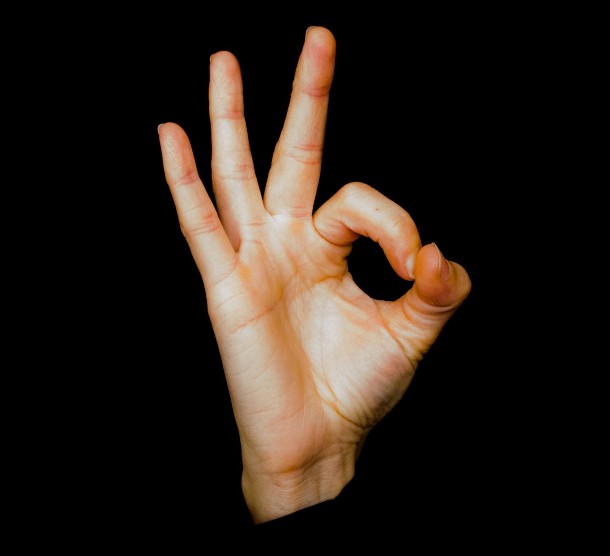 Source: buzzle.com
Source: buzzle.com In the US, the OK sign is used to indicate that something or someone is alright.
However, in some European countries, it is an offensive gesture, meaning that the person it is directed at is a ‘zero.’
In the Mediterranean and South American nations, the sign actually symbolizes the anus.
Peace Symbol
 Source: teachpeace.com
Source: teachpeace.com Combining a circle, a vertical line and downward sloping lines, the peace symbol was designed by dedicated peacemaker Gerald Herbert Holtom.
He created it on February 21, 1958, as the logo for the Direct Action Committee against Nuclear War.
The symbol was quickly adopted by the Hippie community in the 1960’s, who made it popular all over the world.
Puzzle Ribbon
 Source: autism-society.org
Source: autism-society.org Adopted in 1999, the puzzle ribbon is the universal sign of autism awareness. It reflects the complexity of the autism spectrum.
The different colors and shapes represent the diversity of the people and families living with the condition.
The brightness of the ribbon signals hopes that people with autism will lead full lives, able to interact with the world on their own terms.
Smiley
 Source: theguardian.com
Source: theguardian.com Arguably the most massively used symbol in electronic communication, the smiley was created in the early 1970s.
Within a perfect circle, there is the simplest, most childlike depiction of a happy face: two vertical, oval eyes and a large, upturned semi-circular mouth.
The choice of yellow as a background color was inspired by the sun, and it represents radiant unclouded happiness.
Male Symbol
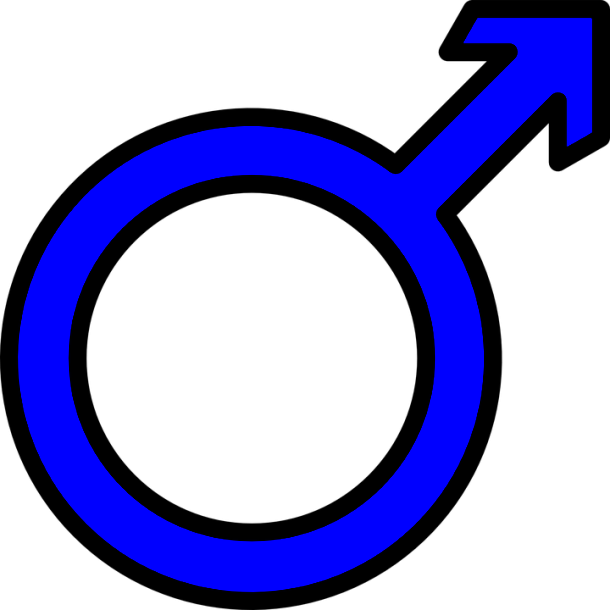 Source: whats-your-sign.com
Source: whats-your-sign.com The male symbol is known as the Mars symbol. It’s a depiction of a circle with an arrow emerging from it, pointing at an angle to the upper right.
The Mars symbol is a representation of the shield and spear of the Roman god of war – Mars.
It is also the symbol of the planet Mars that is sometimes referred to as the “fiery planet” or “planet of war.”
Female Symbol
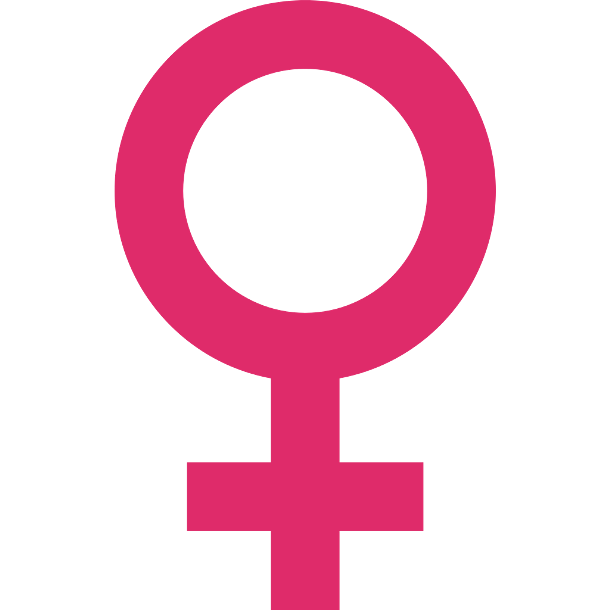 Source: whats-your-sign.com
Source: whats-your-sign.com The female symbol is the astrological symbol for the planet Venus, and it is also used to represent the female sex.
The circle reminds us of the inclusive nature of our universe; it also represents the woman’s womb.
The cross (added in the 16th century) resting beneath the circle indicates all matter is born from a spiritually inclusive, loving womb.
Recycling Symbol
 Source: dyer-consequences.com
Source: dyer-consequences.com The origin of this iconic symbol is rooted in the very first Earth Day in April 1970.
Back then, Container Corporation of America, a paperboard company, sponsored a nationwide contest for environmentally-concerned art and design students to create a symbol representing the paper recycling process.
Student Gary Dean Anderson won the competition with his three arrows, representing the Earth’s finite resources and the need to conserve and renew them for future generations. The arrows are green because that is the color of nature.
Skull and Crossbones
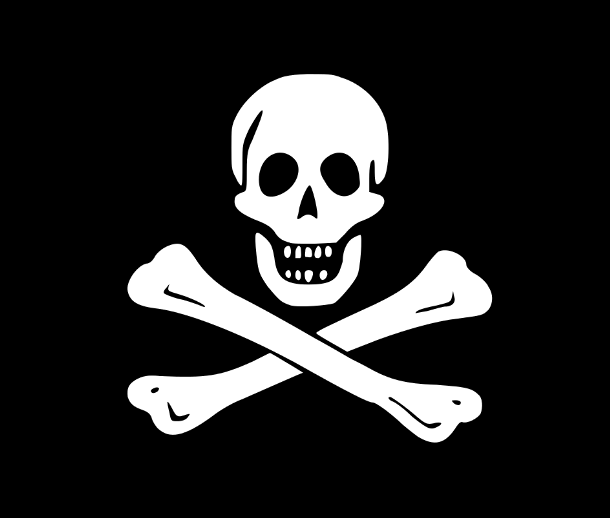 Source: merriam-webster.com
Source: merriam-webster.com This notorious symbol consisting of a human skull and two bones crossed underneath originated in the medieval ages when it was used to symbolize death.
Later on, it was adopted by pirates who put this symbol on their flags. These days, it is used as a warning label on containers of poisonous or dangerous substances.
Heart Symbol
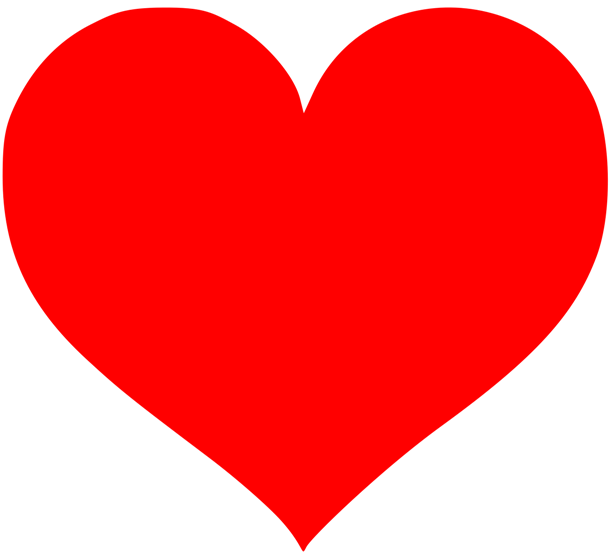 Source: history.com
Source: history.com These days, the heart symbol represents love, emotions, and romantic relationships, but it had a completely different meaning in the past.
In Ancient Greece, for example, the heart shape was a symbol for silphium, a species of giant fennel that once grew on the North African coast near the Greek colony of Cyrene.
The ancient Greeks used the plant to flavor food, as a medicine, and also as a form of birth control.
Radiation Symbol
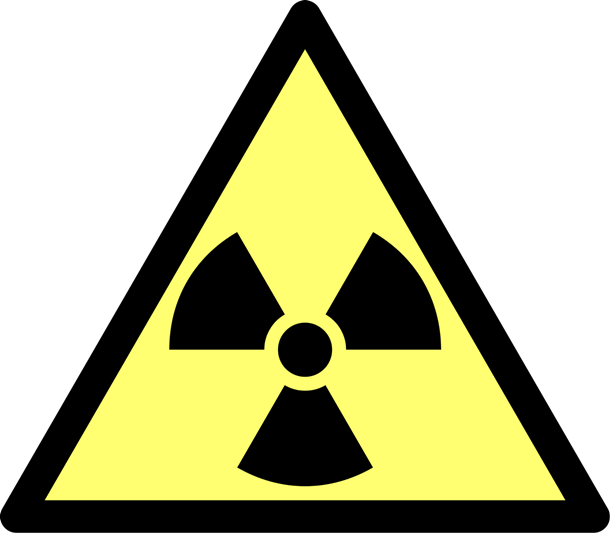 Source: orau.org
Source: orau.org Consisting of three black wedges arranged at positions 120 degrees apart around a central circle on a yellow background, the radiation symbol is used to indicate radioactive sources.
It appears on containers for radioactive materials, and areas where radioactive materials are stored. The symbol was created in 1946; it represents activity radiating from an atom.
V-Sign
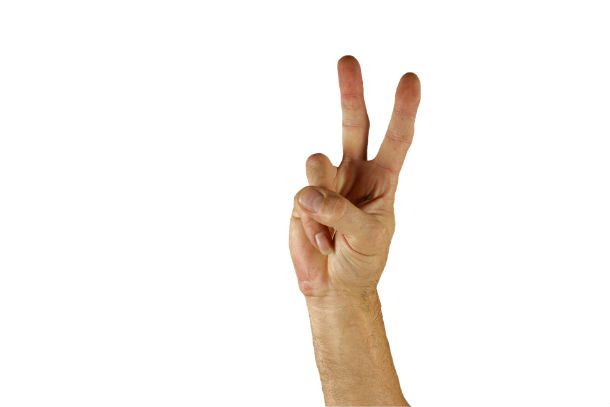 Source: collinsdictionary.com
Source: collinsdictionary.com The V-sign is a popular hand gesture in which the index and middle fingers are raised and parted, while the other fingers are clenched.
It has various meanings, depending on the cultural context. It can represent peace, victory, success or approval, but also contempt and defiance.
Swastika
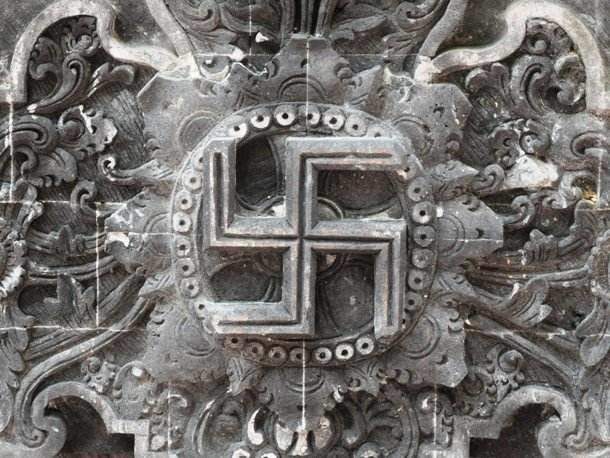 Source: bbc.com
Source: bbc.com In the Western world, the swastika is now synonymous with fascism because it was a symbol used by the Nazi Germans.
However, the swastika has, in fact, been around for thousands of years, and its original meaning was a symbol of good fortune.
In the ancient Indian language of Sanskrit, for example, swastika means “well-being.” The symbol has been used by Hindus, Buddhists, and Jains for millennia and is commonly assumed to be an Indian sign.
It is a question, however, whether this ancient sign will ever be able to shake off its recent evil associations.
Crescent
 Source: theguardian.com
Source: theguardian.com Although the crescent is a very widespread theme in Islamic iconography, it is actually not Islamic in origin, nor exclusive to that religion.
The emblem has been used in Christian art for many centuries too. It’s actually one of the oldest icons in human history.
It has been known in graphic depictions since at least as early as the Babylonian period in Mesopotamia (2100 BC). The crescent also represents the Moon itself, and it is a symbol for silver.
Check Mark
 Source: wikipedia.org
Source: wikipedia.org The checkmark is used to indicate that something is correct, verified, or completed.
These days, the checkmark is widely used in many countries all over the world, but its origin is believed to date back to the Roman Empire Era.
Back then, “V” was used to shorten the word “veritas,” meaning ‘true’.
The right side of the symbol became elongated because the left side was affected by ink pens of the time, in which the ink would not start flowing immediately when writing quickly.
Bluetooth Symbol
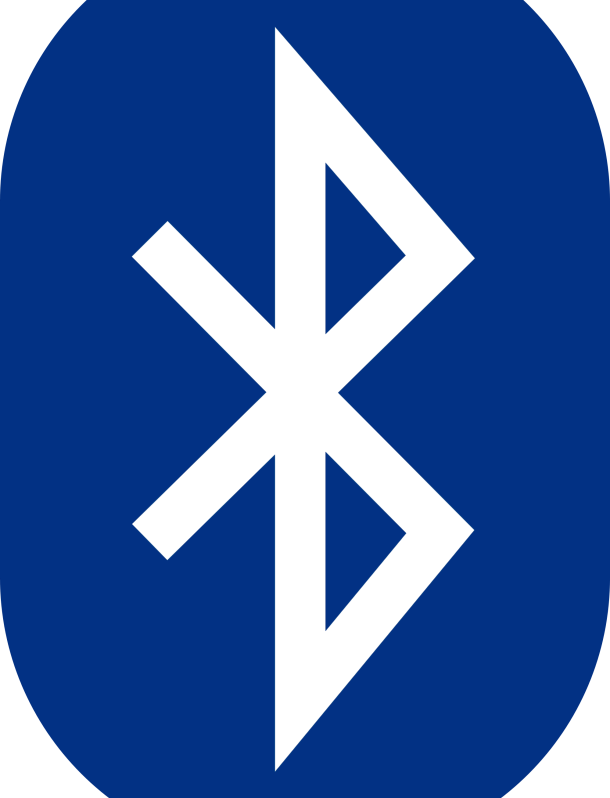 Source: brightside.me
Source: brightside.me The Bluetooth symbol is associated with ancient Danish ruler Harald Blatand, who was nicknamed “the blue tooth” for his affection for blueberries.
The symbol representing the Bluetooth technology is a combination of two Scandinavian runes: “Hagall“ (the analogue of Latin ”H“) and ”Bjarkan“ (the equivalent of Latin “B”) that form the initials of the king’s name.
Power Symbol
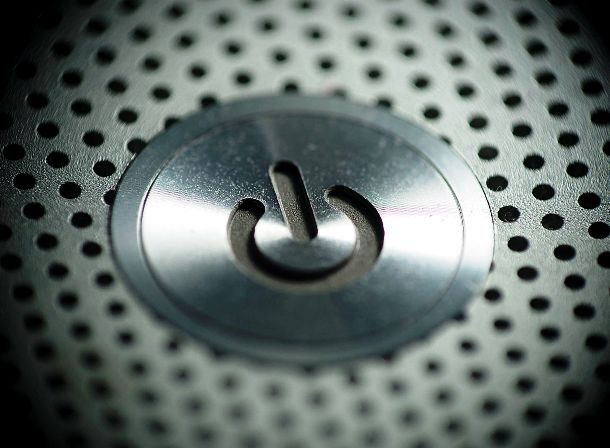 Source: quora.com
Source: quora.com The well known on/off power symbol was the result of the logical evolution in user interface design.
Originally, most early power controls consisted of switches that were toggled between two states marked by the words “On” and “Off”.
Those words were later replaced by numbers 1 and 0. To create the power button symbol for a single on/off button, the “1” and “0” symbols were superimposed onto each other.
Pink Ribbon
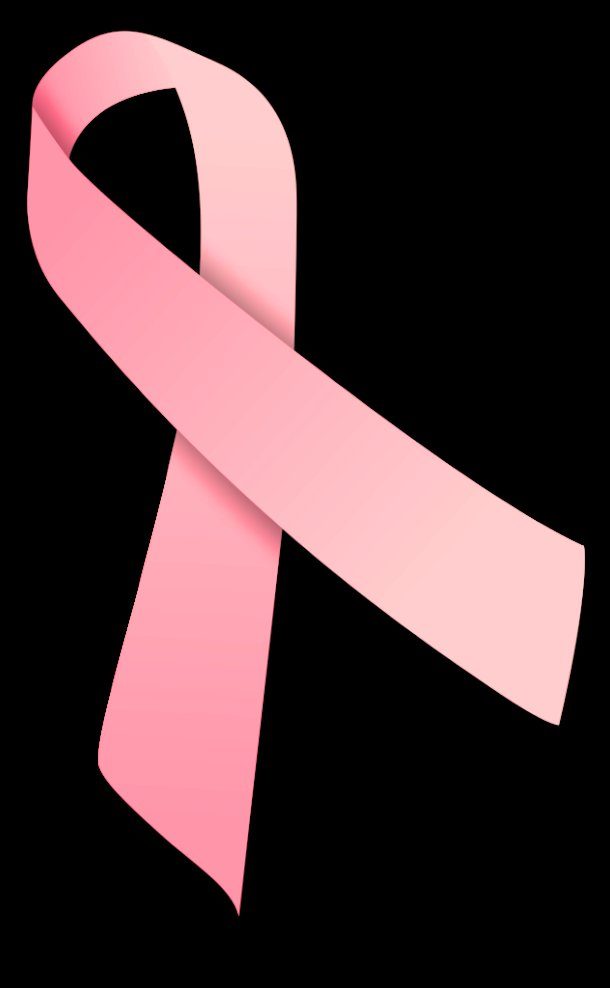 Source: maurerfoundation.org
Source: maurerfoundation.org The pink ribbon has been the international symbol of breast cancer awareness since 1979.
Meant to be worn to express moral support for women with breast cancer, the pink ribbon represents health, vitality, and empowerment of women.
Symbol of Access
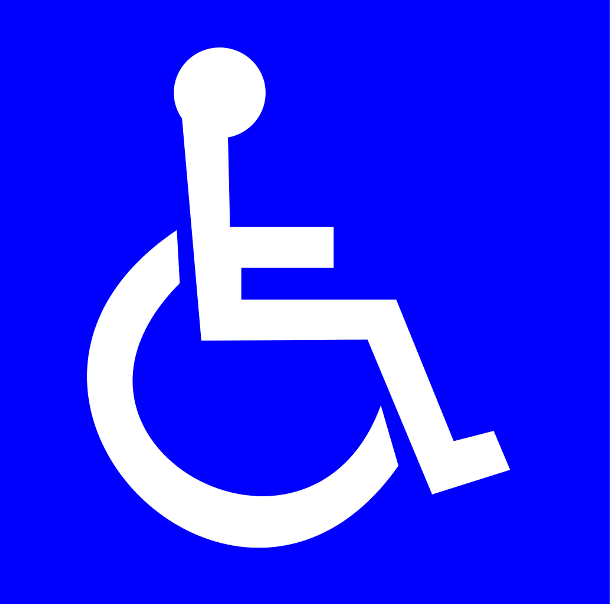 Source: amsvans.com
Source: amsvans.com Featuring a blue square overlaid in with a white stylized image of a person using a wheelchair, the symbol of access is one of the most recognized symbols in the world.
Designed by Danish design student Susanne Koefoed in 1968, the symbol is often seen where access has been improved, particularly for wheelchair users, but also for other disability issues.
Exit Sign
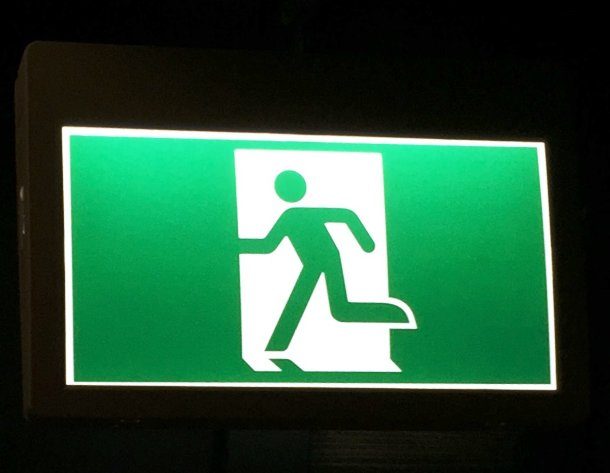 Source: slate.com
Source: slate.com Another easily recognized international symbol, the exit sign denotes the location of the closest emergency exit in case of fire or another emergency.
Also known as the running man, the symbol was developed in the late 1970’s by a Japanese designer named Yukio Ota and adopted for international use in 1985.
The green color represents safety, and similarly to traffic lights, it says “go.”
Registered Trademark
 Source: ipo.gov.uk via Wikipedia
Source: ipo.gov.uk via Wikipedia The registered trademark symbol provides notice that the preceding word or symbol is a trademark or service mark that has been registered with a national trademark office.
A trademark is a symbol, word, or words legally registered or established by use as representing a company or product.
Hammer and Sickle
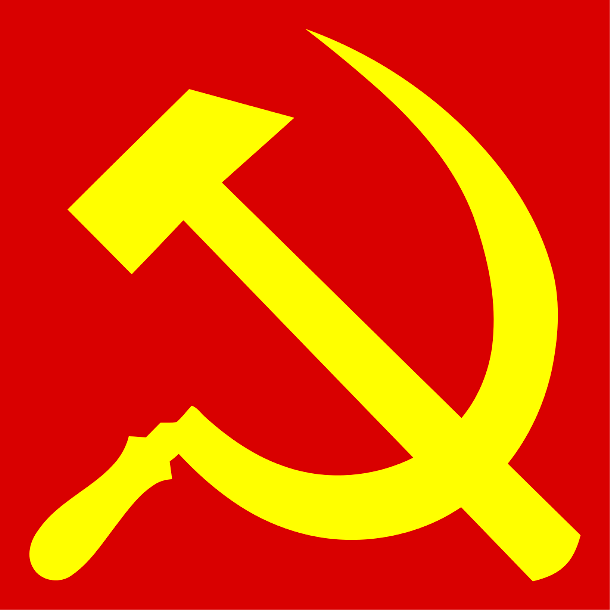 Source: rbth.com
Source: rbth.com The hammer and sickle were one of the most recognized symbols of Soviet power.
The hammer and sickle stand for worker-peasant alliance: the hammer is a traditional symbol of the proletariat (upper-class) and the sickle is a traditional symbol for the peasantry (lower class).
However, in European religious symbology, the hammer is also associated with aggressive male force, while the sickle represents death.
Rod of Asclepius
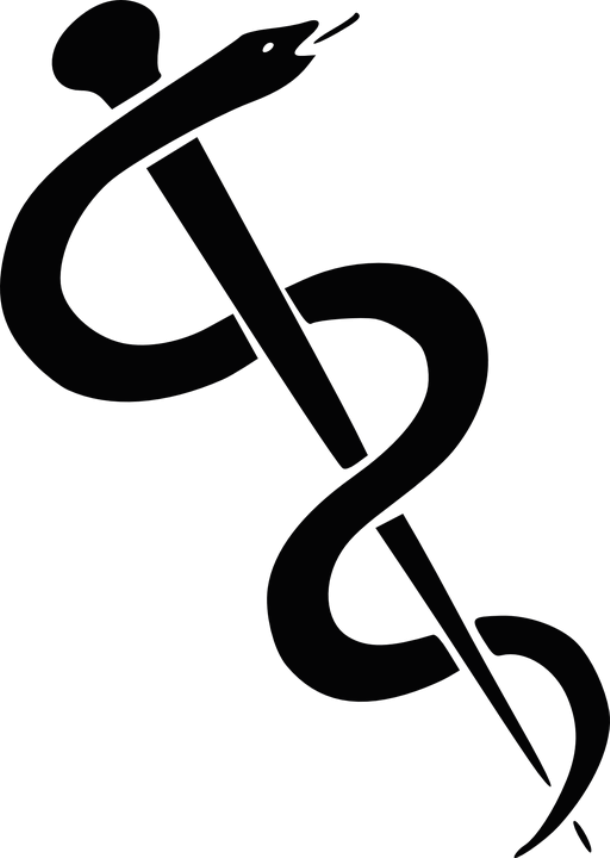 Source: livescience.com
Source: livescience.com The Rod of Asclepius is a symbol associated with medicine and health care.
The son of the god Apollo and the human princess Coronis, Asclepius was the Greek demigod of medicine. According to mythology, he was able to restore the health of the sick and bring the dead back to life.
Asclepius’ rod is wrapped around by a snake because the old Greeks regarded snakes as sacred and used them in healing rituals.
Maltese Cross
 Source: maltauncovered.com
Source: maltauncovered.com The Maltese cross is a symbol that is most commonly associated with the Knights of Malta who ruled the Maltese islands between 1530 and 1798.
Its eight points denote the eight obligations or aspirations of the knights, namely “to live in truth, have faith, repent one’s sins, give proof of humility, love justice, be merciful, be sincere and whole¬hearted, and to endure persecution.”
Lists Going Viral Right Now
Photos: 25. Jesse Nandra via flickr, CC BY 2.0, 24. wikimedia commons (public domain), 23. publicdomainpictures.net (public domain), 22-20. wikimedia commons (public domain), 19. pixabay (public domain), 18. F l a n k e r, Pink Venus symbol, CC BY 3.0, 17. wikimedia commons (public domain), 16. WarX, edited by Manuel Strehl, Flag of Edward England, CC BY-SA 3.0, 15-14. wikimedia commons (public domain), 13. pixabay (public domain), 12. Jorge Láscar from Australia, A Hindu Swastika at Goa Lawah Temple Bali Indonesia, CC BY 2.0, 11-10. pixabay (public domain), 9. wikimedia commons (public domain), 8. vincentq from Melbourne, Australia, Macbook Pro Power Button – Macro (5477920228), CC BY-SA 2.0, 7. MesserWoland, Pink ribbon, CC BY-SA 3.0, 6. wikimedia commons (public domain), 5. 21jcw, Running Man Exit Sign Canada, CC BY-SA 4.0, 4-3. wikimedia commons (public domain), 2. pixabay (public domain), 1. wikimedia commons (public domain)



























